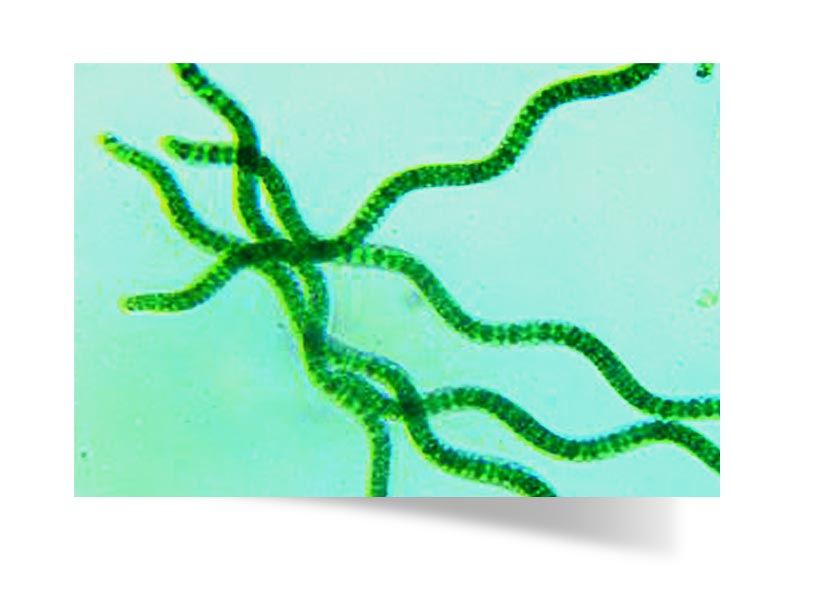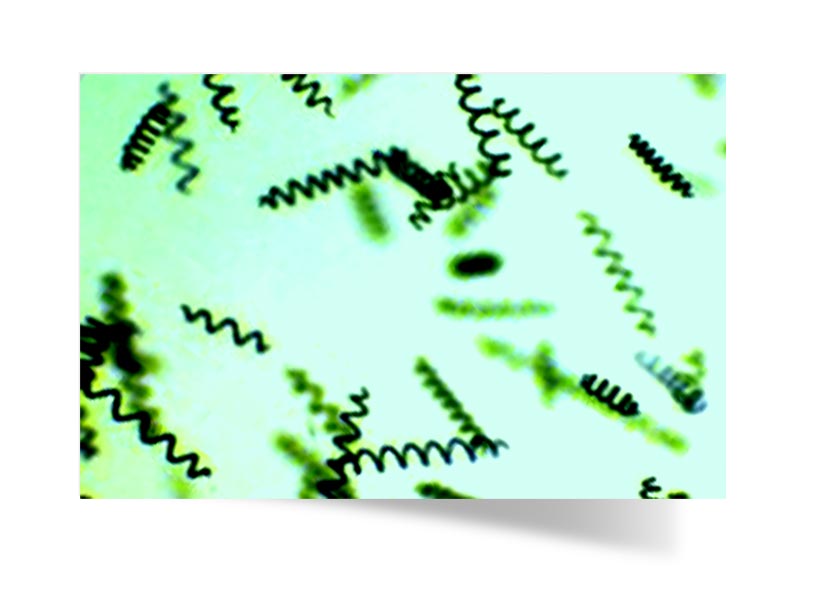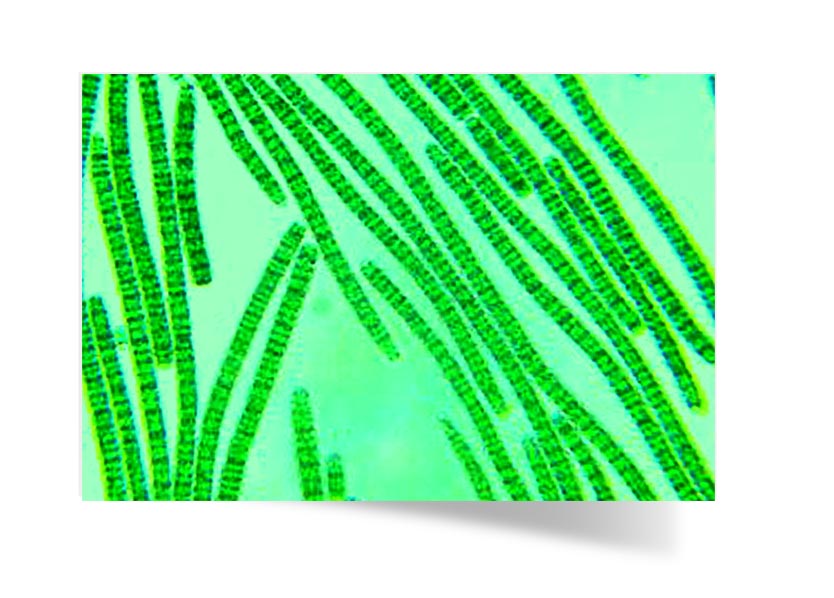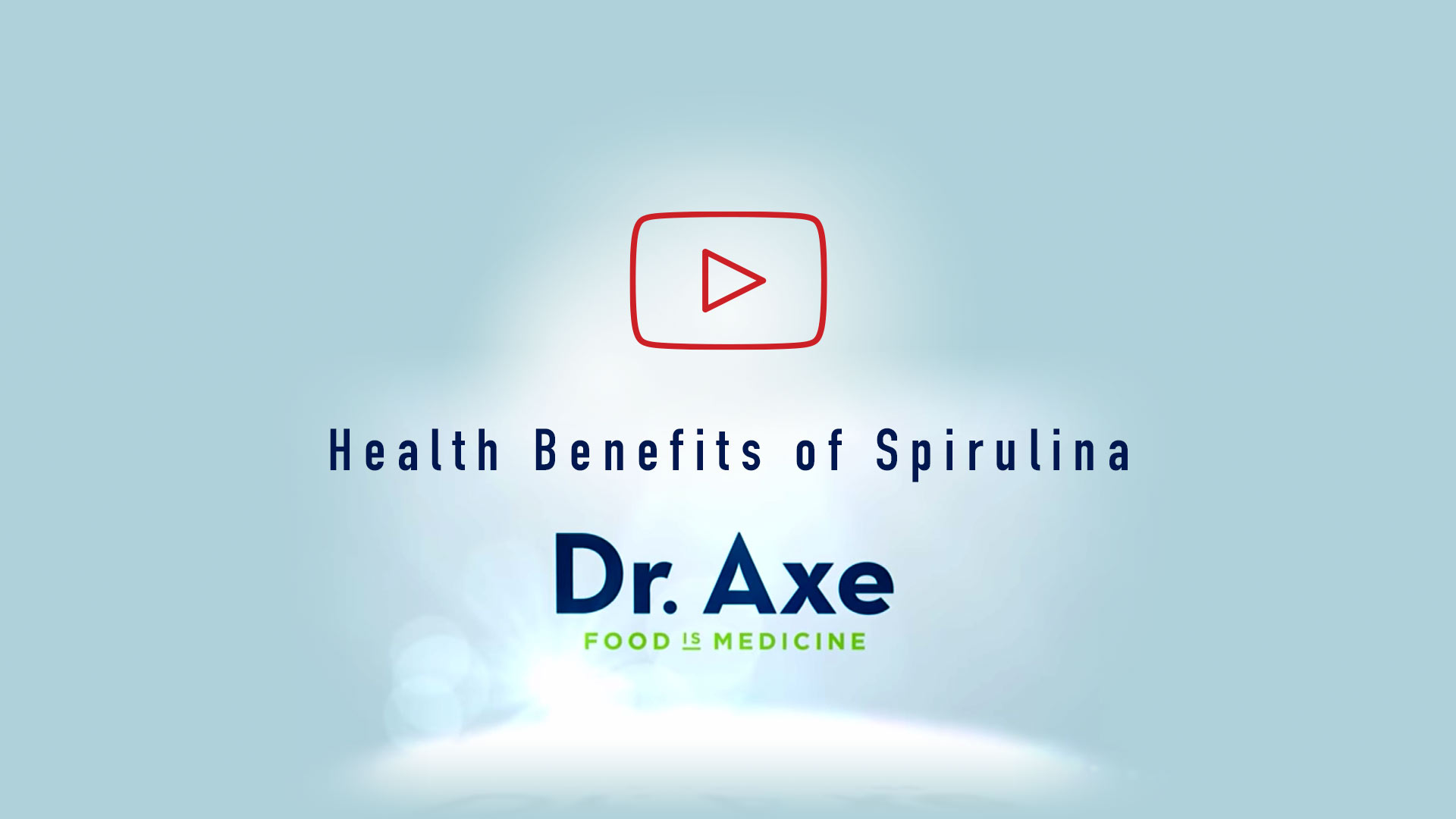What is Spirulina?
Spirulina (Athrospira platensis) is a microscopic blue-green algae, or cyanobacteria. The important thing about cyanobacteria is that they photosynthesize. That is, just like trees, they capture the sun’s light energy into their bodies and use it to make carbohydrates from CO2. In so doing, they release oxygen.In primordial epochs, when life was just beginning, it was the actions of Spirulina, and other cyanobacteria, that put oxygen in the atmosphere. This allowed life on earth to explode, thrive and diversify into all its wondrous forms including you and me.
Spirulina – A Blue Green Algae With Benefits
Spirulina was here at the beginning of time and is one of the earth’s older species. It floated around in the primordial seas over 3.6 billion years ago when life was just getting started. In fact, Spirulina and its cousins are among the original species which gave rise to all other life forms.
The take home message here, is that Spirulina is a survivor. Perhaps, as we go forward to an uncertain future, Spirulina will help us survive too.
Spirulina Can Take Different Forms
Just like the morphological variation that can be observed in the same species of animals or plants – think of the different races of humankind – Spirulina has different forms depending on where they originate and the conditions under which they are grown. The trichomes (multi-celled filaments) can be straight or tightly spiralled and anywhere in between. What they all have in common, is their chemical make-up and, by extension, their nutrient profile.





